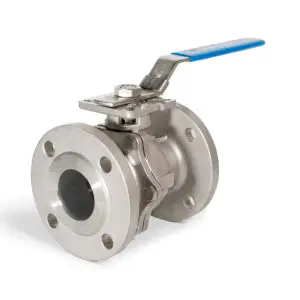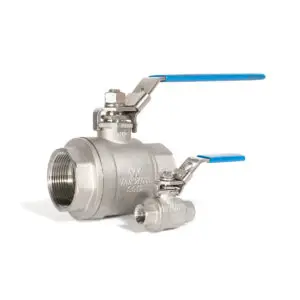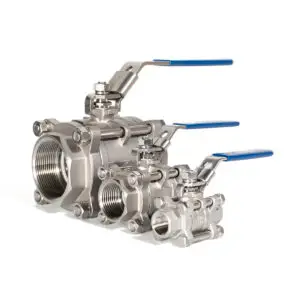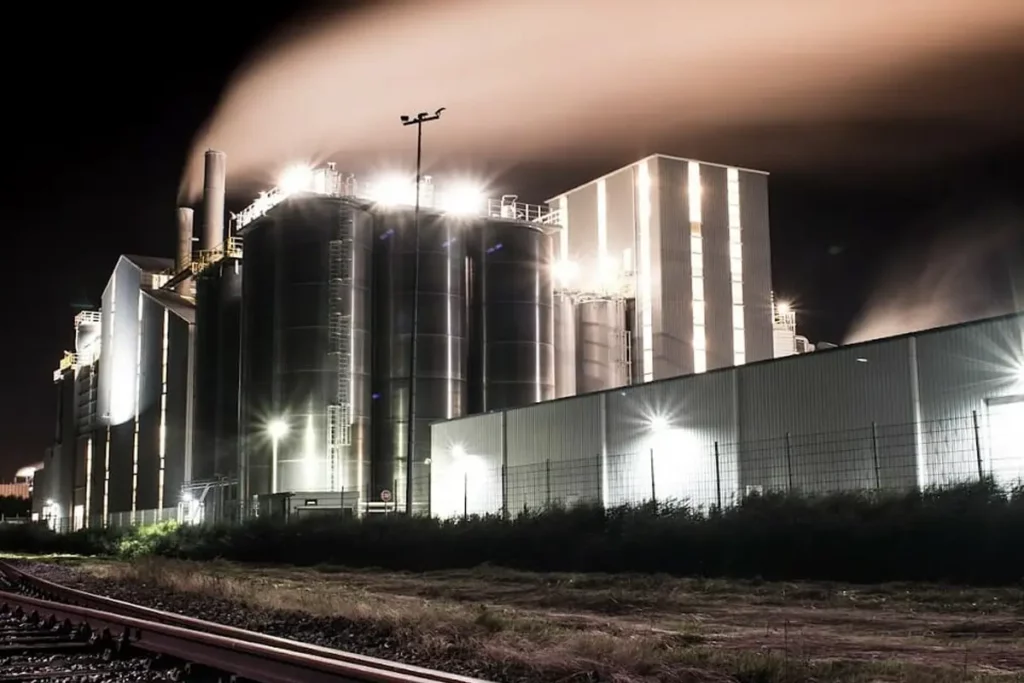For those looking for valves that are suitable for oil and gas industries, one of the best long-term investments is a ball valve.
Despite not being all that common in domestic piping installations, ball valves are particularly unique due to their physical design, which makes them suitable for more critical applications. They are capable of handling corrosive fluids and are suitable for low-flow situations, making them a great choice for oil and gas companies. Ball valves are efficient and convenient to use because of their simple quarter turn (90-degree) operation. They are most commonly used as shut-off valves.
While a ball valve is commonly used for oil and gas applications, there are still other uses for them, as they offer several unique advantages.
Versatility of Ball Valves
Because of their design, ball valves serve a specific function in the control of fluids. They are great for holding a halted flow and amenable to easily resuming it after it has been interrupted. They are capable of some throttling for short periods, and some models even have the capability of diverting the flow. Such valves are useful for filling several containers at once.
Stopping and starting flow
It is commonplace to use ball valves across all industries to isolate flow and to keep it controlled, especially in upstream oil flow applications and oil and gas use in general. With the ball in the closed position, airtight sealing is achieved.
Moderate throttling
Even though butterfly valves are a better option for throttling, ball valves are able to be used in oil and gas industry processes where moderate throttling over short periods of time are required.
Flow diversion
Some design ball valves come with extra ports. This type of ball valve is designed to divert flow in different directions depending on the position of the openings through the ball. In this case, ball valves are handy for diverting liquids into multiple different containers.
Fluids
In addition to their use on gases and liquids, ball valves are a great choice for dealing with fluids in high-pressure systems.




- Fig 801 Single Piece Ball Valve
- Fig 802 Two Piece Ball Valve
- Fig 803 Three Piece Ball Valve
- Fig 804 Flanged Piece Ball Valve
Considerations for Fire Protection and Cryogenic Services
Fire Protection
Several ball valves come with failsafe backup seals in case of a fire meaning there is no chance of mass leakage from the valve if an external fire occurs.
Cryogenic Services
Particular seat ring materials allow a ball valve to be used in cryogenic services, in which the ball valve is exposed to cryogenic operating temperatures. With minor modifications, ball valves can also be easily converted for use at high temperatures, since only the seals and seat rings (a special part of the valve) need to be modified.
Summary
Although ball valves are not as common as other valves in many industries, their relevance in the oil and gas industry and their superior durability justify their use. A ball valve is one of the best possible isolation valves and can be used in a wide range of applications.
We can help you with your ball valve application at John Valves! Contact us today.
Read More:
Everything You Need to Know About Carbon Steel Parallel Slide Valve

